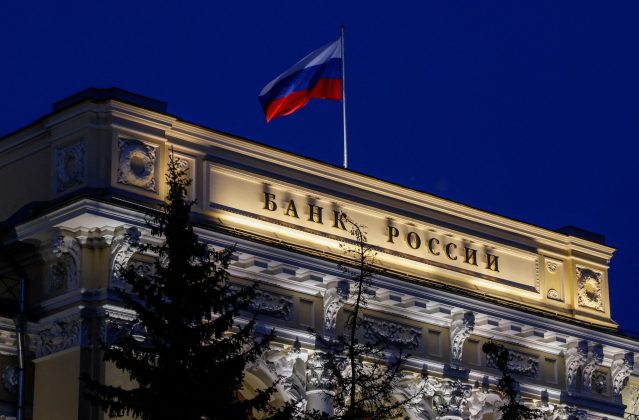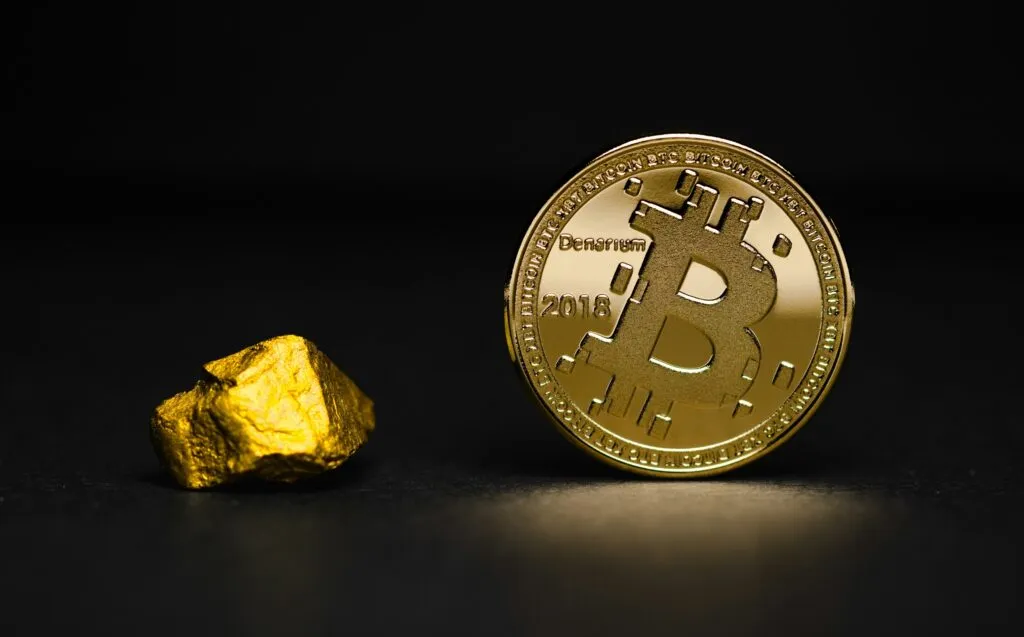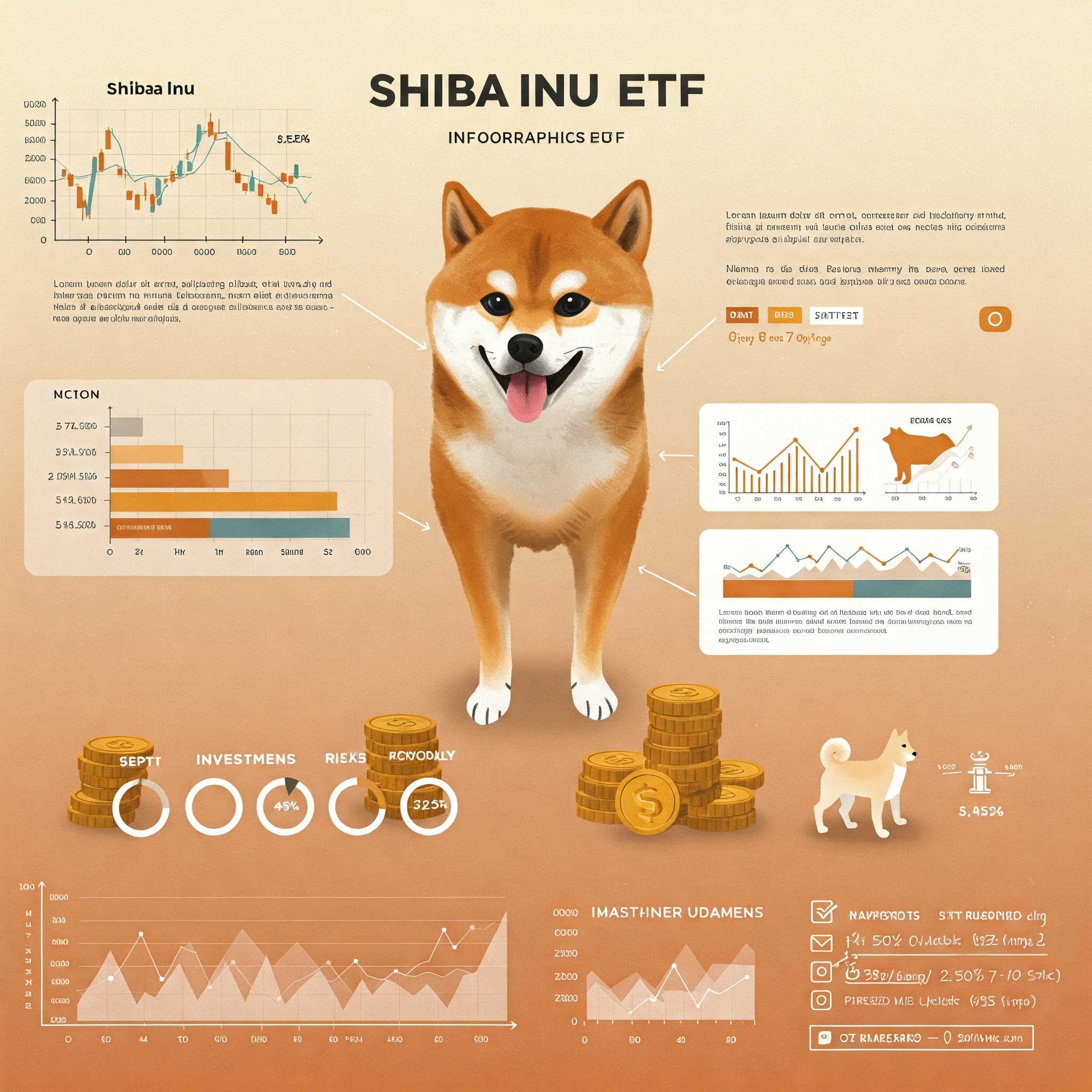Russia’s Cryptic Move: Embracing Stablecoins
A Dive into Russia’s Fascination with Stablecoins
Russia’s recent flirtation with stablecoins has sent waves of curiosity across the cryptocurrency world. As the country takes the helm of the BRICS group, consisting of Brazil, Russia, India, China, and South Africa, speculative minds can’t help but wonder what this pivot towards stablecoins means for the future of global finance.
The BRICS Bridge: A Digital Currency Dream?
The BRICS nations have long toyed with the idea of a digital currency-based payment system, aptly named the BRICS Bridge. This ambitious project aims to lessen the grip of the US dollar on the global financial system, a move that could potentially shake up the status quo in international trade and finance.
But why stablecoins, you ask? Well, these digital assets are pegged to a stable asset, such as a fiat currency or a commodity, providing a layer of predictability and stability that volatile cryptocurrencies like Bitcoin lack. With Russia leading the charge towards stablecoins, could this be the start of a new era in digital finance?
Bitcoin on the Sidelines
Meanwhile, Bitcoin seems to be playing a game of cat and mouse, lurking on the sidelines as central banks and governments mull over the idea of digital currencies. Will the king of cryptocurrencies eventually have to make room for stablecoins in this evolving financial landscape?
As the world watches Russia’s bold move towards stablecoins, one can’t help but wonder what the future holds for digital currencies and the global financial system as a whole.
How This Could Affect You
Given the potential shift towards stablecoins by major economies like Russia, individuals around the world may soon find themselves using digital currencies for everyday transactions. This could lead to faster, more secure payments and even lower fees compared to traditional banking methods.
The Global Impact of Russia’s Stablecoin Stance
If more countries follow Russia’s lead and embrace stablecoins, we could see a seismic shift in the global financial system. The US dollar’s dominance could be challenged, leading to a more diversified and potentially more stable currency landscape. This could have far-reaching implications for international trade, investment, and economic cooperation.
A Conclusion: The Future of Money?
As Russia takes a bold step towards stablecoins, the world holds its breath, eager to see how this digital currency experiment will unfold. Will stablecoins revolutionize the way we think about money, or will they fade into obscurity as just another financial fad? Only time will tell, but one thing’s for certain – the future of money is looking increasingly digital.





